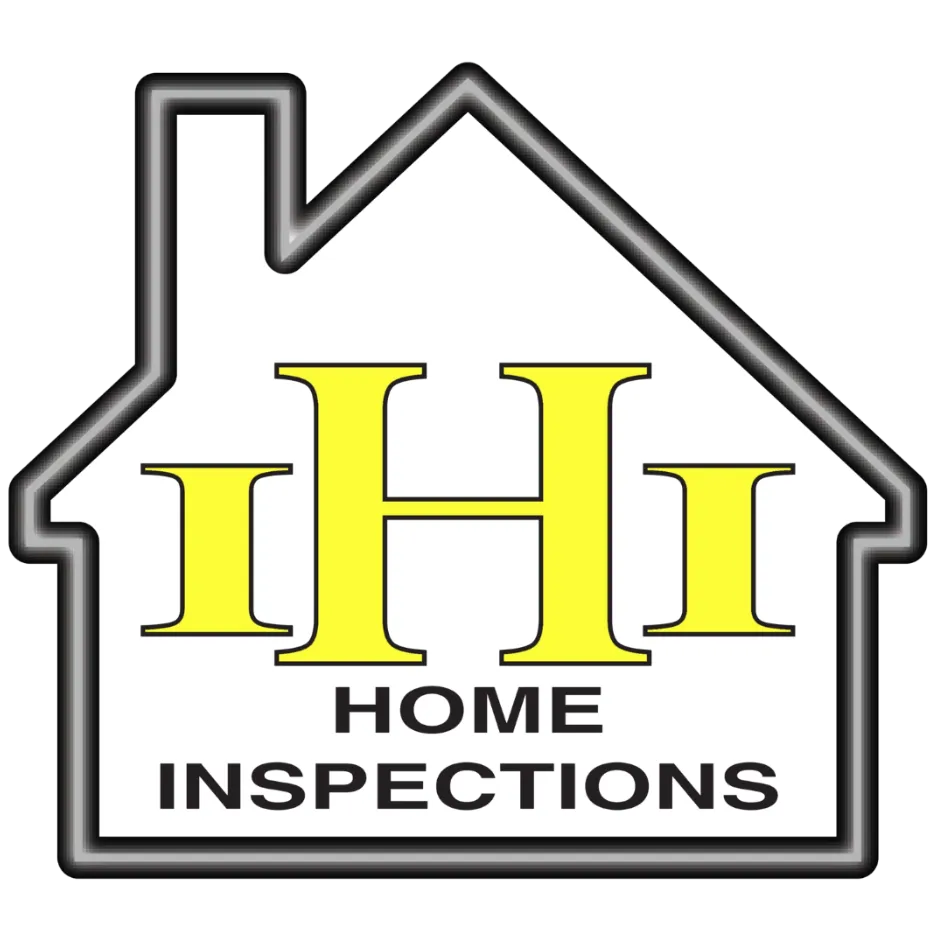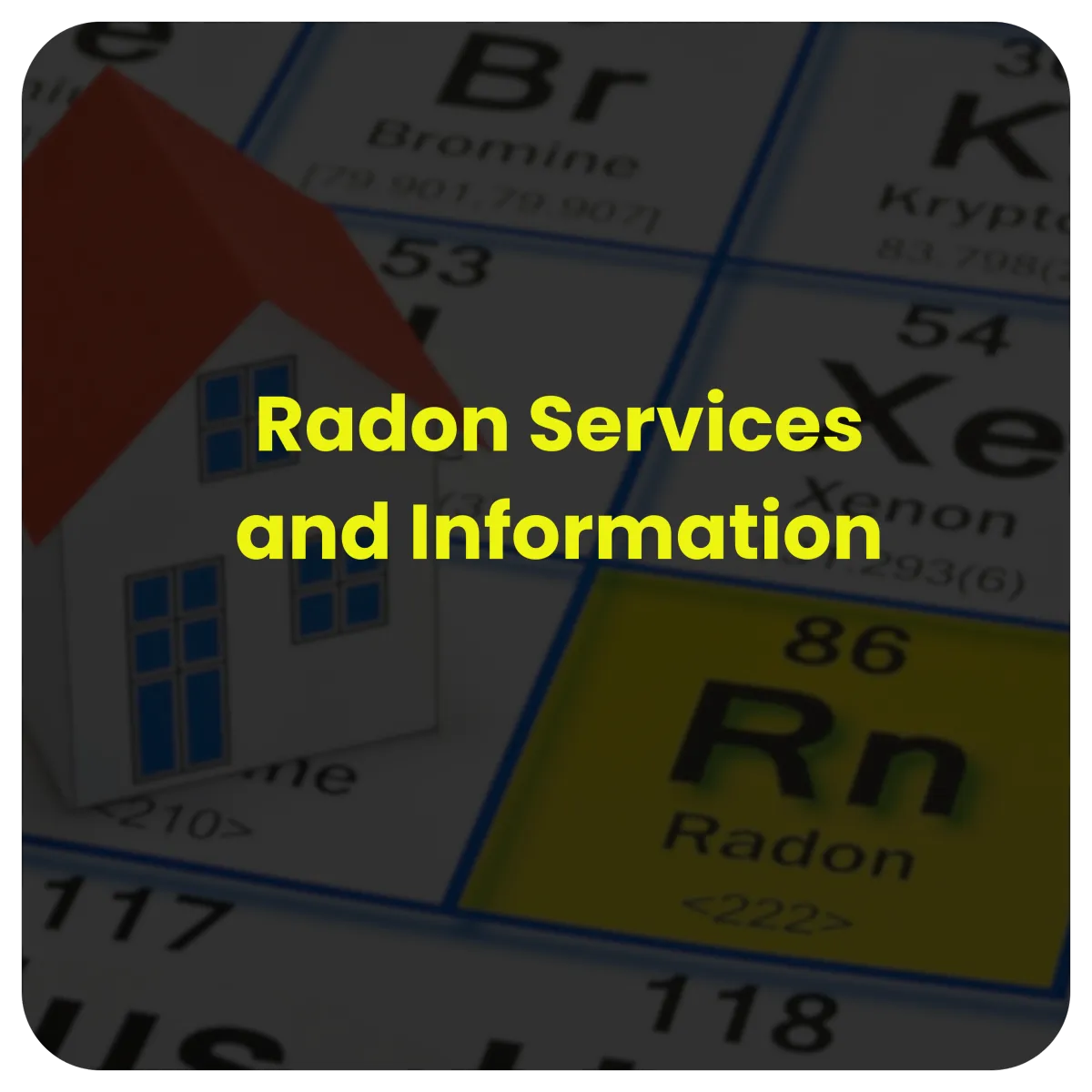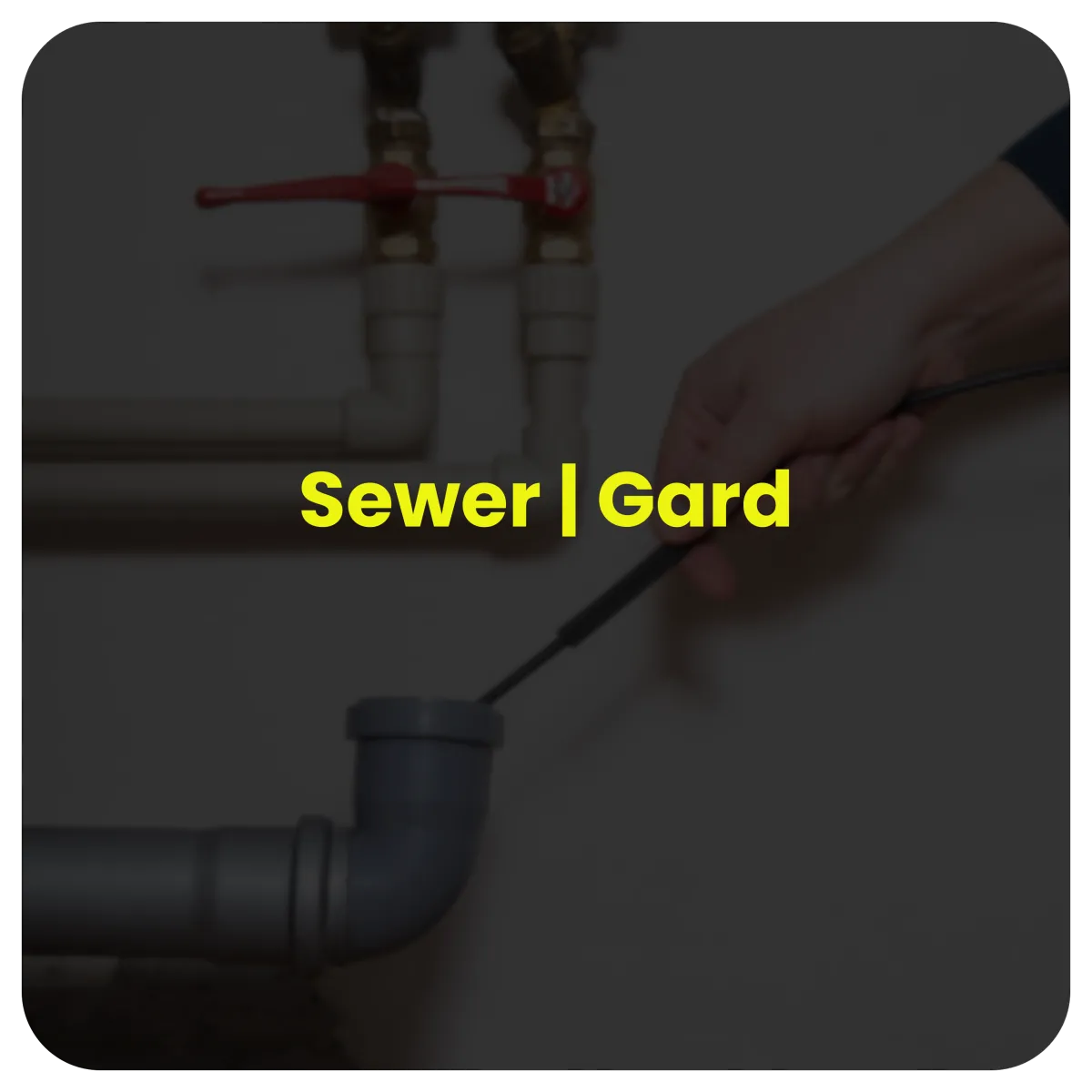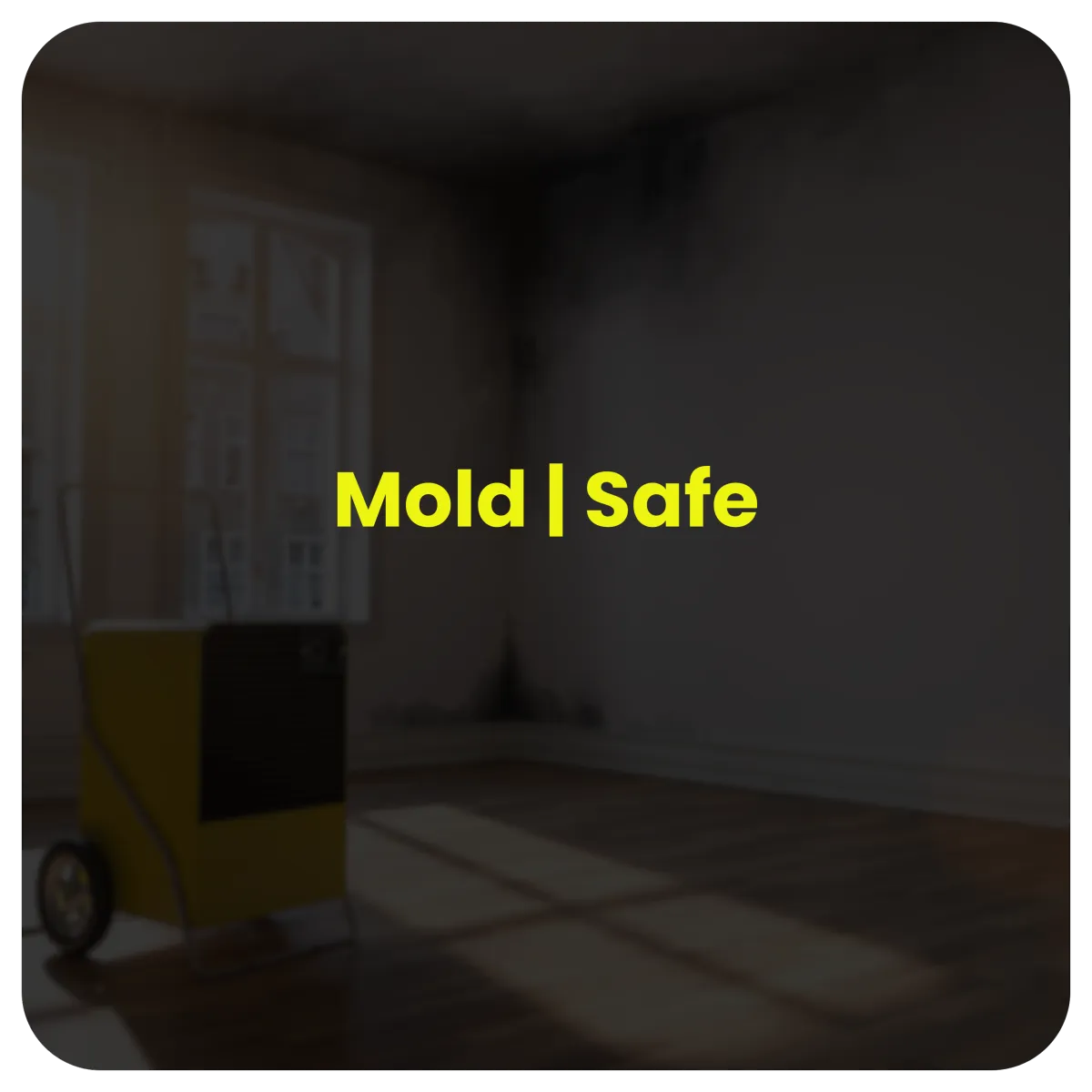IHI Home Inspections
Reliable Home Inspections in Canton, GA
At IHI Home Inspections, we pride ourselves on providing thorough, reliable, and professional home inspections for buyers, sellers, and real estate professionals in Canton, GA, and the surrounding areas.
As a certified home inspector in Canton, GA, we understand the unique needs of local homeowners and offer detailed same-day reports to help you make confident decisions.
Whether you're buying your dream home or preparing to list your property, our expertise ensures every inspection is comprehensive and tailored to your specific needs. Book your home inspection today and experience the IHI difference.

Reliable Home Inspections Canton, GA
At IHI Home Inspections, we pride ourselves on providing thorough, reliable, and professional home inspections for buyers, sellers, and real estate professionals in Canton, GA and surrounding areas. As a certified home inspector in Canton, GA, we understand the unique needs of local homeowners and offer detailed next-day reports to help you make confident decisions. Whether you're buying your dream home or preparing to list your property, our expertise ensures every inspection is comprehensive and tailored to your specific needs.
Book your home inspection today and experience the IHI difference.

Get More than Just a Home Inspection,
Get a Peace of Mind
Not all home inspectors are the same, and choosing the right one can make a big difference when buying a home. Here are some things to consider:
SUPRA key access
Does the inspector walk the roof?
Is radon monitoring offered?
Does the inspector provide a digital report with pictures?
Are there discounts for military service members?
Radon Gas, Mold, and Air Quality testing packages
Easy 24-hour online scheduling with a discount
Free Recall report and monthly updates on any recalled
appliances

We are now offering additional services that are included with the purchase of a home inspection. When purchasing a home inspection you are automatically signed up for 4 different programs that protect you and your future home.
Recall Check keeps you informed of recalls on all appliances present at the time of inspection. Mold Safe helps cover the cost of any new mold growth after the inspection.
Sewer Gard is a policy that helps keep your peace of mind when it comes to water lines and sewer lines.
The 90 day warranty helps cover your expenses if mechanical and structural occur. Follow the links below to find out exactly what each policy entails.

Why Choose IHI Home Inspections?
Thorough Inspections: We spend 3-4 hours on each
inspection, ensuring no detail is missed.
Advanced Technology: Infrared scans reveal hidden issues
invisible to the naked eye.
Industry Respect: Trusted by real estate agents and
Professional's for our meticulous work.
Comprehensive Approach: We inspect every corner,
including roofs and crawl spaces.
Satisfied Clients: Our clients praise our thoroughness and
the money-saving issues we uncover.
Clear Reports: Detailed, easy-to-read reports help you
make informed decisions.

Get More than Just an Inspection,
Get Peace of Mind

Not all home inspectors are the same, and choosing the right one can make a big difference when buying a home. Here are some things to consider:
SUPRA key access
SUPRA key access
Is radon monitoring offered?
Does the inspector provide a digital report with pictures?
Are there discounts for military service members?
Radon Gas, Mold, and Air Quality testing packages
Easy 24-hour online scheduling with a discount
Free Recall report and monthly updates on any recalled appliances
We are now offering NEW services that are included with the purchase of a home inspection.
When purchasing a home inspection you are automatically signed up for 4 different programs that protect you and your future home.
Recall Check keeps you informed of recalls on all appliances present at the time of inspection.
Mold Safe helps cover the cost of any new mold growth after the inspection.
Sewer Gard is a policy that helps keep your peace of mind when it comes to water lines and sewer lines.
The 90 day warranty helps cover your expensive if mechanical and structural occur. Follow the links below to find out exactly what each policy entails.


Why Choose IHI Home Inspections?
Thorough Inspections: We spend 3-4 hours on each inspection, ensuring no detail is missed.
Advanced Technology: Infrared scans reveal hidden issues invisible to the naked eye.
Industry Respect: Trusted by real estate agents and Professional's for our meticulous work.
Comprehensive Approach: We inspect every corner, including roofs and crawl spaces.
Satisfied Clients: Our clients praise our thoroughness and the money-saving issues we uncover.
Clear Reports: Detailed, easy-to-read reports help you make informed decisions.
Our Inspection Services
Whether you’re buying, selling or maintaining your home, we have an inspection for you.








Top-rated Home Inspection Reviews
Our highly satisfied residential inspection clients explain why they trust IHI Home Inspections for top-rated, thorough home inspections across Metro Atlanta
Exclusive 10% Discount
The Brave and Dedicated Individuals Who Serve and Protect Our Nation

When scheduling your home inspection, please inform us if you are an active fire, police, or military veteran to receive a 10% DISCOUNT on your inspection fee. Save on your next residential inspection in Metro Atlanta!
Areas We Serve in Metro Atlanta and Beyond

We proudly serve homes across Atlanta, Canton, Marietta, Roswell, Smyrna, and beyond. Our commitment is to offer expert, affordable inspections for all veterans and first responders throughout these areas.
Learn More About
IHI Home Inspection Blog

Why Your North Georgia Dream Home Needs a Pool Check
Is your dream pool a hidden money pit? Learn why a professional pool inspection before buying a home in Atlanta, Cumming, or Forsyth County is essential. Uncover safety issues, costly repairs, and loc... ...more
Home Inspection ,Common Findings &Water Damage
April 18, 2025•4 min read
Schedule Your Home Inspection Today
Canton, GA Home Inspection Reviews
Our highly satisfied residential inspection clients explain why they trust IHI Home Inspections for top-rated, thorough home inspections across Cherokee County.
" I chose the 4 star package for Thermal Imaging: See What’s Hidden Behind Your Walls!" - David Muirhead
The Brave and Dedicated Individuals Who Serve and Protect Our Nation
When scheduling your home inspection, please inform us if you are an active fire, police, or military veteran to receive a 10% DISCOUNT on your inspection fee. Save on your next residential inspection.

Areas We Serve in Cherokee County and Beyond
We proudly serve homes in Canton, Ball Ground, Holly Springs, Woodstock and beyond . Our commitment is to offer expert, affordable inspections for all veterans and first responders throughout these areas.
Learn More About Home Inspection Services
IHI Home Inspection Blog

Why Your North Georgia Dream Home Needs a Pool Check
Is your dream pool a hidden money pit? Learn why a professional pool inspection before buying a home in Atlanta, Cumming, or Forsyth County is essential. Uncover safety issues, costly repairs, and loc... ...more
Home Inspection ,Common Findings &Water Damage
April 18, 2025•4 min read

Must-Ask Home Inspection Questions for Atlanta Buyers
Thinking of skipping questions during your home inspection? Think again! Asking the right questions can save you from costly surprises. Discover the most important questions to ask your home inspector... ...more
Home Inspection ,Pre-listing Home Inspection
April 16, 2025•7 min read

Top Reasons Home Sales Fail After Inspection in Dawsonville, GA
Did you know a failed inspection can derail your home sale in Dawsonville, GA? Structural issues, roof damage, and faulty wiring are common culprits. Discover the top reasons sales fall through and ho... ...more
Home Inspection ,Dawsonville &Pre-listing Home Inspection
April 14, 2025•3 min read
Schedule Your Canton, GA Home Inspection Today
Copyright © 2025 | Canton, Georgia



